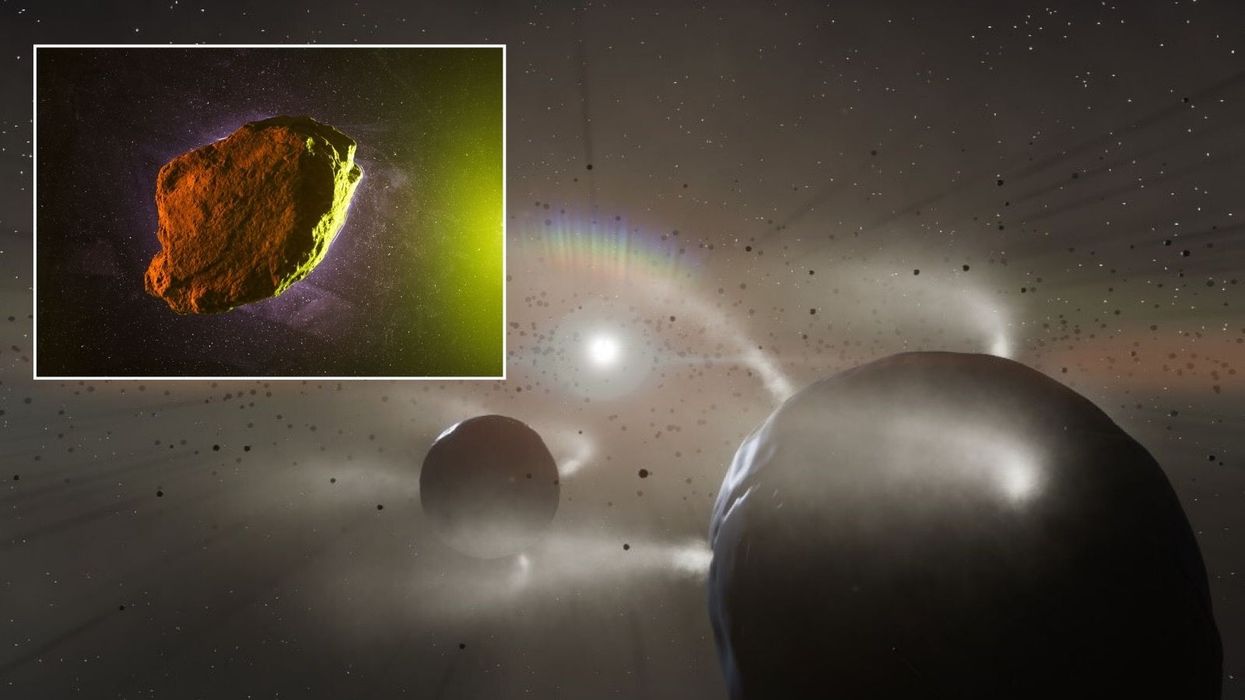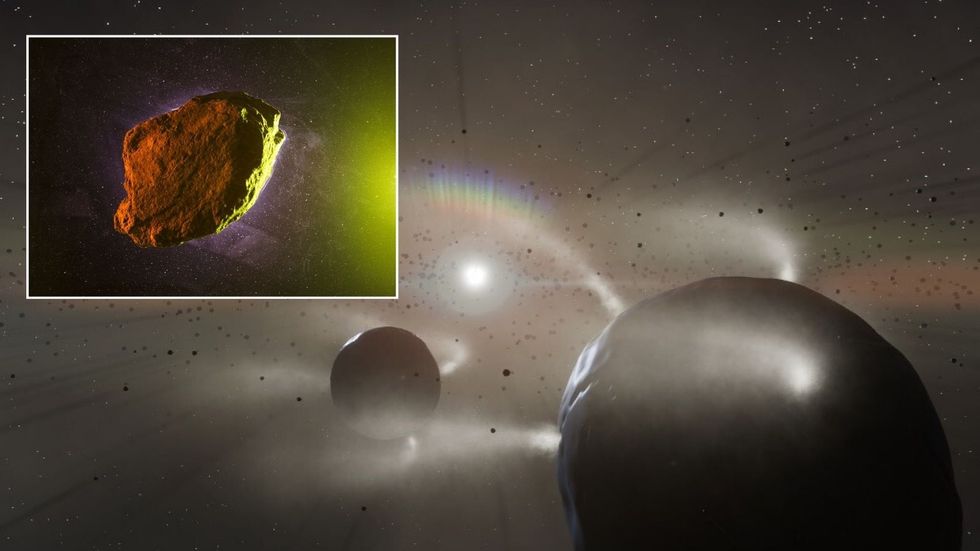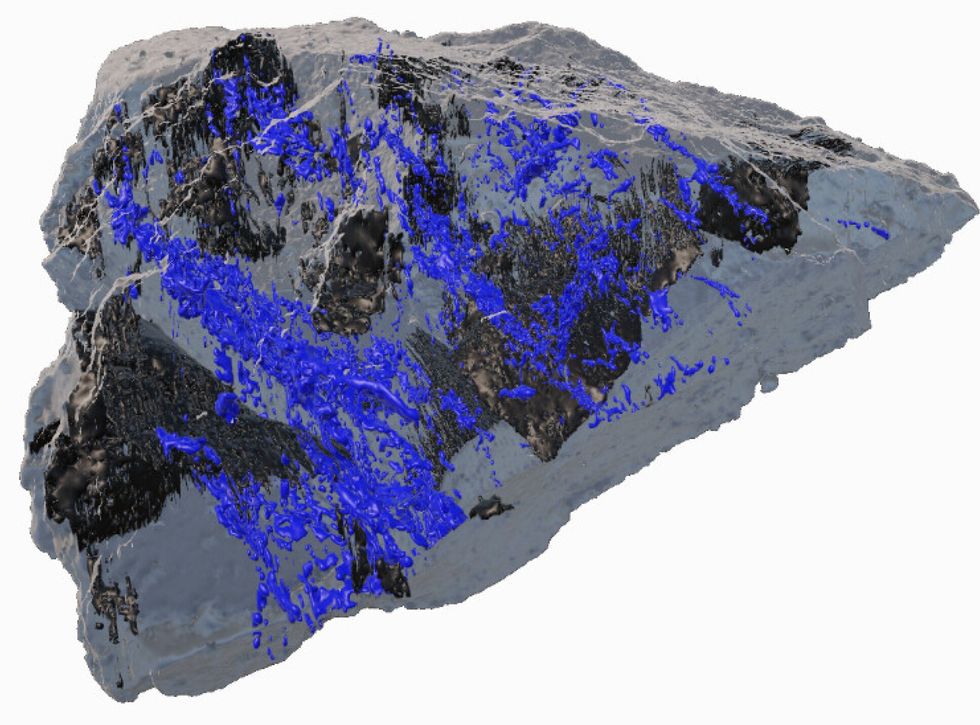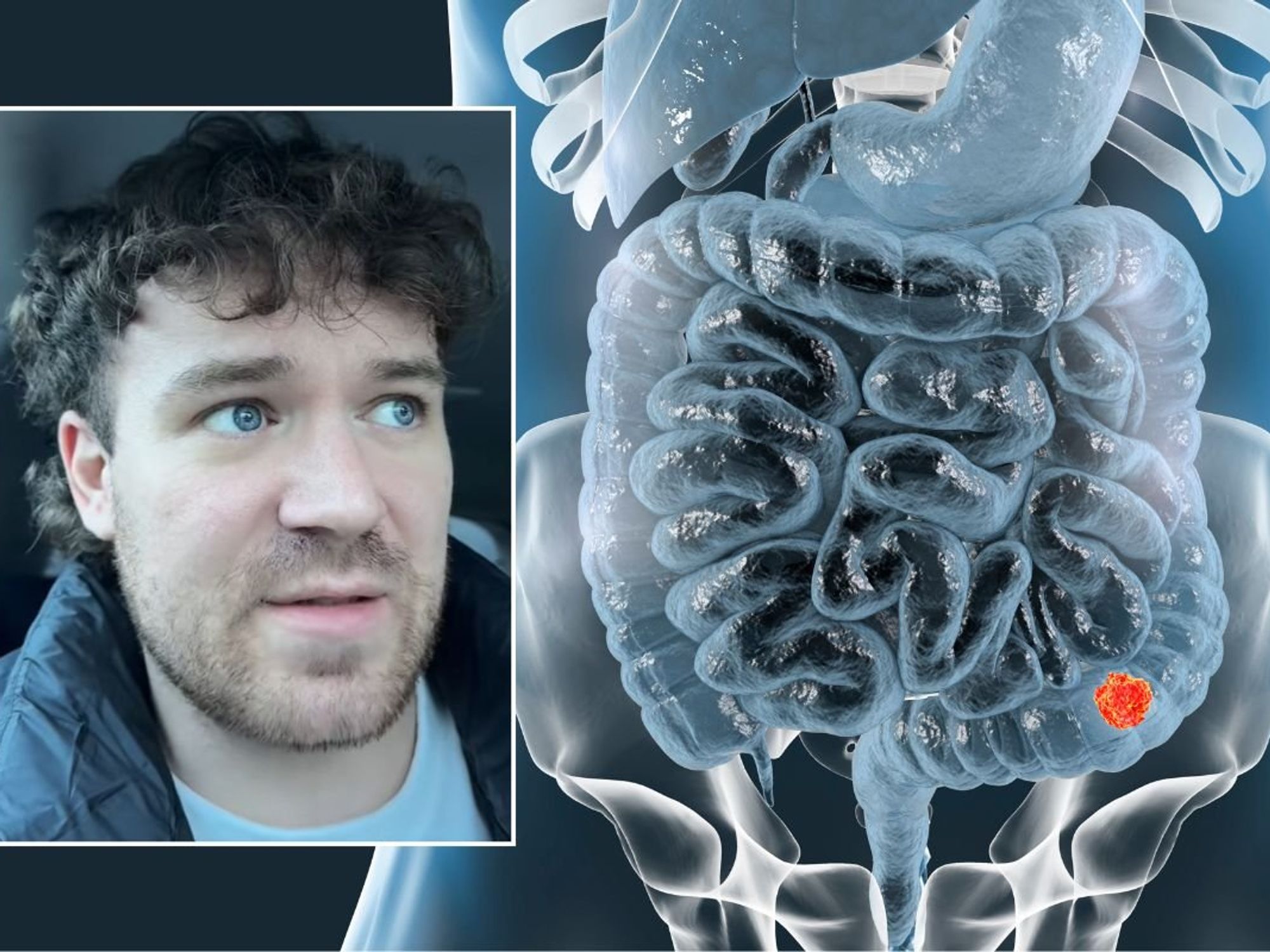Asteroid discovery may reveal the secret behind the start of life on Earth

A groundbreaking study suggests that ice on ancient asteroids like Ryugu played a crucial role in delivering essential materials for life to early Earth
|Imperial/ Getty

The discovery has shed new light on the origins of life on our planet
Don't Miss
Most Read
A groundbreaking study suggests that ice on ancient asteroids like Ryugu played a crucial role in delivering essential materials for life to early Earth.
The research, led by Dr Matt Genge from Imperial's Department of Earth Science and Engineering, analysed samples from the Japanese Space Agency's Hayabusa2 mission.
Scientists found evidence that freeze-thaw cycles fractured these asteroids, allowing water to interact with minerals and create organic matter.
The process may have been key to the emergence of life on our planet billions of years ago.
 A groundbreaking study suggests that ice on ancient asteroids like Ryugu played a crucial role in delivering essential materials for life to early Earth | Imperial/ Getty
A groundbreaking study suggests that ice on ancient asteroids like Ryugu played a crucial role in delivering essential materials for life to early Earth | Imperial/ GettyThe research team - which includes collaborators at the Natural History Museum, the University of Kent and the Japanese Space Agency (JAXA) - discovered that rocks from asteroid Ryugu showed evidence of fractures caused by ice.
These fractures were filled with clay and sulfide minerals, formed in the presence of water.
Dr Genge explained: "Our calculations indicate that the pressure exerted by ice as it grows is sufficient to fracture asteroids to their core, allowing water to spread throughout them."
This freeze-thaw process, where ice expands and contracts as it melts and refreezes, caused the rock to break apart.
LATEST DEVELOPMENTS:
The specific shapes of the fractures on Ryugu could only have been formed by this process, rather than collisions with other asteroids.
The team carried out their research on a millimetre-sized piece of Ryugu brought back to Earth by JAXA. They used X-ray Computed Tomography (XCT), similar to a medical CT scan, to analyse the sample.
This technique allowed them to see the 3D shapes of the fractures on the asteroid. Researchers also found veins containing framboidal magnetite - tiny spherical crystals of magnetic iron oxide.
These discoveries provided further evidence of water's presence on the asteroid. The distinctive curved shapes and cusps of the fractures and veins were crucial in understanding ice's role.

3D Model of the mm-sized sample of Ryugu showing fractures in black and veins in blue
|Imperial
Dr Genge emphasised the significance of this process: "Our findings suggest that the repeated melting and freezing of ice on asteroids may have helped life form on Earth."
"The cosmic game of Rock, Scissors, Ice may well be an essential part of how life came to be," Dr Genge concluded.
These findings have been published in Nature Astronomy.










